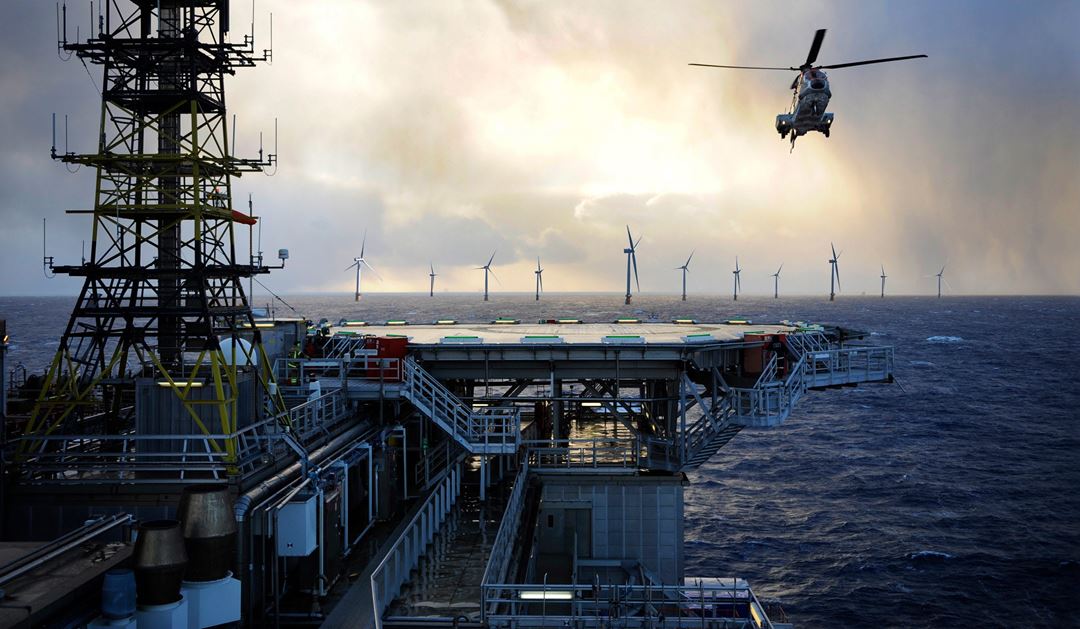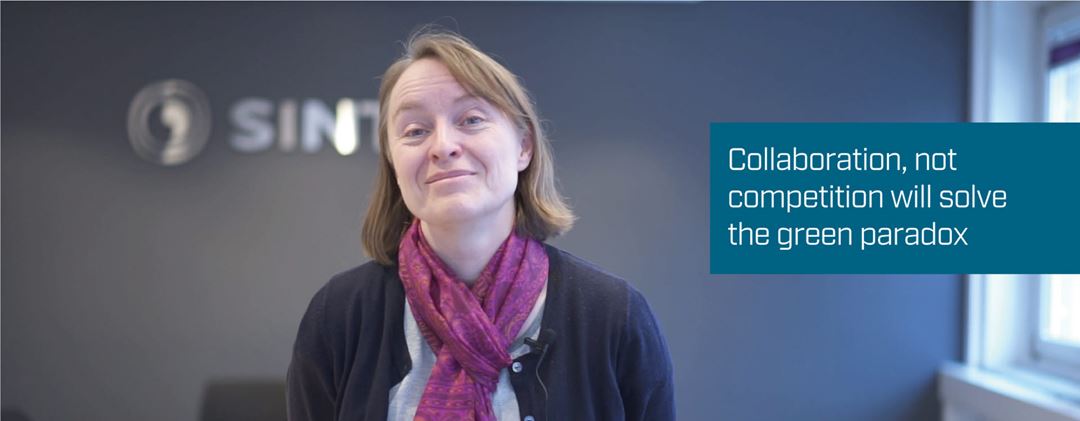Different countries have different priorities in tackling this green paradox. While Norway is almost totally reliant on renewable energy for its domestic needs in the form of hydropower, there is a big issue to be addressed.
To keep the world supplied with energy, oil and gas will remain a critical part of the energy mix during the transition to a more flexible energy system. However, the industry consumes vast quantities of energy and is responsible for one-quarter of Norway's CO2 emissions. That being said, environmental and climate standards in the Norwegian petroleum industry are high compared to other countries, and emissions fell every year between 2015 and 2018.
But to really move the needle, a more collaborative approach is required. Almost all Norwegian oil and gas companies have joined LowEmission, which has more than 80% coverage of the licenses on the Norwegian Continental Shelf. In addition to oil and gas operators, a diverse group of experienced vendors are on board and will actively work together with SINTEF and NTNU researchers on solutions that benefit all.
"LowEmission sits between many areas of research, from bigger picture climate goals to specific oil and gas projects. The difference with Low Emission is the focus is on reaching net zero emissions for the production of oil and gas. It's a very clear and attractive mandate," explains Kristin Jordal, Senior Research Scientist at SINTEF Energy Research.
She believes that's the reason so many industrial partners have chosen collaboration as a complement to competition and joined LowEmission. "The solutions we plan to develop are not the core business of oil and gas companies, but represent methods and technology developed from the interplay between new need, excellent expertise in the companies and strategic research in a variety of disciplines they all need," adds Kristin.
Industrial buy-in is always hoped for in such a large research centre, but the scale of interest has both surprised and delighted the Centre management. The reasons given are many and varied, yet all highlight the importance of coming together to solve the green paradox, representing real transition opportunities making the ambitious goals reachable, and fostering new business opportunities.
"It's our goal to be a key player in the future energy transition, and the LowEmission Centre fits that goal perfectly. This is all about cooperation, and we need to stand together. If industry doesn't engage with research, we are not going to achieve what we need to as a collective," explains Jan Petter Pettersen, an asset manager at Repsol Norway.
Jan Petter joined five of his colleagues at a recent LowEmission workshop, highlighting the importance of taking part to find solutions that everyone can benefit from. "Besides power from shore, there is an industry-wide struggle to find good low-emission solutions," he says.
Charlotte Berge, Field Development Director for Lundin Norway, agrees that industry needs to take a collective approach: "This issue is far bigger than any one company, so collaboration is essential."
Charlotte adds that developing new technology is a key focus area, and that she is pleased with the early progress: "The special projects identified are spot on and the teams are motivated so it will be exciting to watch. We are happy to share data and excited to see what we can achieve together.



